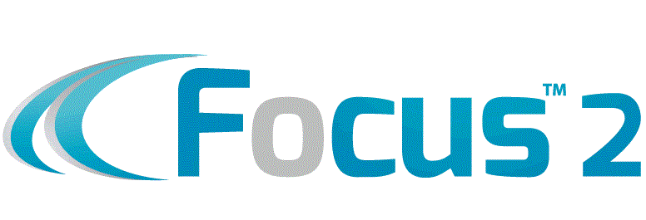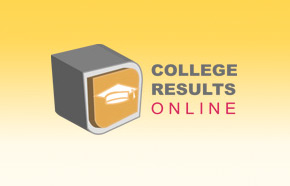The American Graduation Initiative: Obama’s plan
"The American Graduation Initiative"
The American Graduation Initiative will build on the strengths of community colleges and usher in new innovations and reforms for the 21st century economy.
It will:
Call for 5 Million Additional Community College Graduates: President Obama called for America to once again lead the world in college degrees by 2020. Affordable, open-enrollment community colleges will play a critical role in meeting that goal. He has set a complementary goal: an additional 5 million community college graduates by 2020, including students who earn certificates and associate degrees or who continue on to graduate from four-year colleges and universities.
Create the Community College Challenge Fund: Too often community colleges are underfunded and underappreciated, lacking the resources they need to improve instruction, build ties with businesses, and adopt other reforms. Under President Obama’s plan, new competitive grants would enable community colleges and states to innovate and expand proven reforms. These efforts will be evaluated carefully, and the approaches that demonstrate improved educational and employment outcomes will receive continued federal support and become models for widespread adoption.
Colleges could:
Build partnerships with businesses and the workforce investment system to create career pathways where workers can earn new credentials and promotions step-by-step, worksite education programs to build basic skills, and curriculum coordinated with internship and job placements.
Expand course offerings and offer dual enrollment at high schools and universities, promote the transfer of credit among colleges, and align graduation and entrance requirements of high schools, community colleges, and four-year colleges and universities.
Improve remedial and adult education programs, accelerating students’ progress and integrating developmental classes into academic and vocational classes.
Offer their students more than just a course catalog, through comprehensive, personalized services to help them plan their careers and stay in school.
In addition, the initiative will support a new research center with a mission to develop and implement new measures of community colleges’
success so prospective students and businesses could get a clear sense of how effective schools are in helping students -- including the most disadvantaged -- learn, graduate, and secure good jobs.
• Fund Innovative Strategies to Promote College Completion: Nearly
half of students who enter community college intending to earn a degree or transfer to a four-year college fail to reach their goal within six years. The College Access and Completion Fund will finance the innovation, evaluation, and expansion of efforts to increase college graduation rates and close achievement gaps, including those at community colleges. Promising approaches include performance-based scholarships, learning communities of students, professors and counselors, colleges tailored to promote the success of working adults, and funding formulas based on student progress and success as well as initial enrollment. Resources would also be provided to improve states’ efforts to track student progress, completion, and success in the workplace.
• Modernize Community College Facilities: Often built decades ago, community colleges are struggling to keep up with rising enrollments. Many colleges face large needs due to deferred maintenance or lack the modern facilities and equipment needed to train students in technical and other growing fields. Insufficient classroom space can force students to delay needed courses and reduce completion rates.
President Obama is proposing a new $2.5 billion fund to catalyze $10 billion in community college facility investments that will expand the colleges’ ability to meet employer and student needs. The resources could be used to pay the interest on bonds or other debt, seed capital campaigns, or create state revolving loan funds.
• Create a New Online Skills Laboratory: Online educational software has the potential to help students learn more in less time than they would with traditional classroom instruction alone. Interactive software can tailor instruction to individual students like human tutors do, while simulations and multimedia software offer experiential learning. Online instruction can also be a powerful tool for extending learning opportunities to rural areas or working adults who need to fit their coursework around families and jobs. New open online courses will create new routes for students to gain knowledge, skills and credentials. They will be developed by teams of experts in content knowledge, pedagogy, and technology and made available for modification, adaptation and sharing. The Departments of Defense, Education, and Labor will work together to make the courses freely available through one or more community colleges and the Defense Department’s distributed learning network, explore ways to award academic credit based upon achievement rather than class hours, and rigorously evaluate the results.





